Explore the Best AI Image Gallery
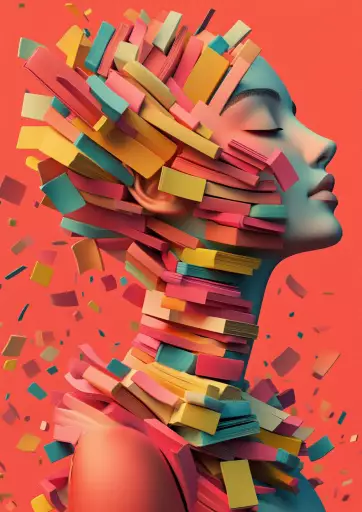
Pixels on Your Skin: AI Images and the Evolution of Design
The creative landscape is undergoing a seismic shift, driven by the emergence of artificial intelligence (AI) and its ability to generate stunning visuals. No longer confined to science fiction, AI image generation tools are becoming increasingly sophisticated, blurring the lines between human creativity and machine ingenuity. This revolution is having a profound impact on the design industry, opening up exciting new possibilities while raising important ethical questions.
A New Creative Frontier: Applications of AI Images in Design
AI image generation offers designers a powerful arsenal of tools to enhance their workflow and push creative boundaries. Some key applications include:
- Concept Visualization: Designers can quickly generate multiple visual concepts based on textual descriptions, exploring various design directions and refining ideas efficiently.
- Custom Asset Creation: AI can generate unique graphics, patterns, textures, and illustrations tailored to specific design needs, saving time and resources.
- Personalized Content: Design elements can be dynamically generated based on user data or preferences, creating personalized experiences in websites, apps, and marketing materials.
- Prototyping and Mockups: AI can help designers rapidly create realistic prototypes and mockups, allowing for faster iteration and testing of design concepts.
The Human Touch: Collaboration Between AI and Designers
While AI offers remarkable capabilities, its important to remember that human creativity remains essential. The future of design lies in a harmonious collaboration between AI and designers:
- AI as a Creative Assistant: Designers can leverage AI tools to augment their own skills, overcoming creative blocks and exploring unconventional ideas.
- Focus on High-Level Concepts: By automating repetitive tasks, AI frees up designers to focus on strategic thinking, user experience, and the overall artistic vision.
- AI-Powered Inspiration: AI can analyze trends, styles, and user data to provide designers with fresh inspiration and insights.
Navigating Ethical Considerations
The rise of AI image generation also presents ethical challenges that need careful consideration:
- Copyright and Ownership: Questions arise regarding the ownership of AI-generated images, particularly when they are based on copyrighted material.
- Bias and Representation: AI models can perpetuate existing biases present in the training data, leading to unfair or inaccurate representations in generated images.
- Transparency and Accountability: Its crucial to understand how AI algorithms work and who is responsible for the outputs they generate.
Future Trends: The Evolving Landscape of AI Image Generation
The field of AI image generation is constantly evolving, with ongoing research and development pushing the boundaries of whats possible. Here are some key trends to watch:
- Increased Realism and Detail: AI models will continue to generate images with higher fidelity and realism, blurring the line further between digital and real-world visuals.
- Multimodal Generation: AI will move beyond generating static images to create interactive experiences, animations, and even 3D models.
- Personalized and Adaptive Design: AI will enable the creation of designs that dynamically adapt to user preferences, context, and environment.
The integration of AI image generation into design is a transformative force, offering both incredible opportunities and ethical challenges. By embracing responsible development and fostering collaboration between humans and machines, we can harness the power of AI to create a more innovative, inclusive, and visually stunning future.


](https://images.ai-img.art/thumbnails/150/4c5bdb0a0a1f761a911521333b9e3463c885aa247b42d1d311a97f2aa2c513d2.webp)


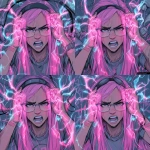


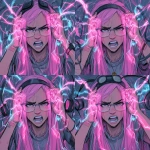














](https://images.ai-img.art/thumbnails/150/b94716d4b88da3e1ec3ab12162616a52ff5698251ac791ddf8478649889a0f47.webp)
](https://images.ai-img.art/thumbnails/150/4c67c727683a835917441757b71ace563950f9178fa4826e09a55cfb092ac715.webp)


](https://images.ai-img.art/thumbnails/150/469bffae134ea97666025052588e76bb4dd4b6b98c4888cfd7873929a73156ff.webp)



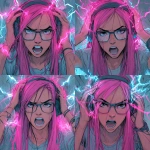



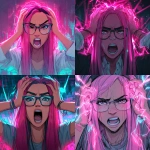


](https://images.ai-img.art/thumbnails/150/fe996254fcb758c1365f3a22783ee6112ed5e34579deb401de674b06938efb2a.webp)

](https://images.ai-img.art/thumbnails/150/985b7bf314caa205e59a2c973e979ce77cf5b24ca39799fffe2e30ea7c79ef07.webp)